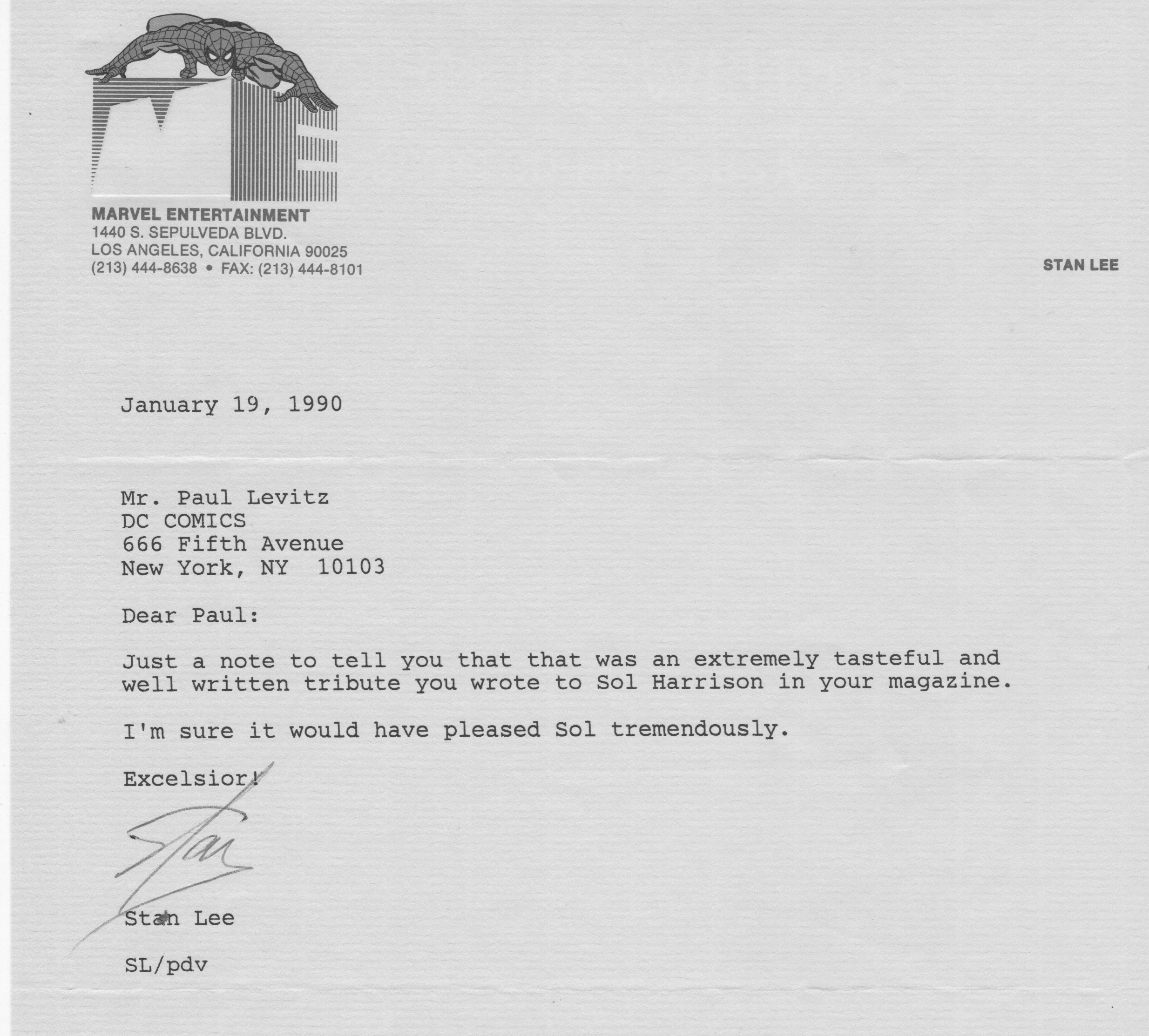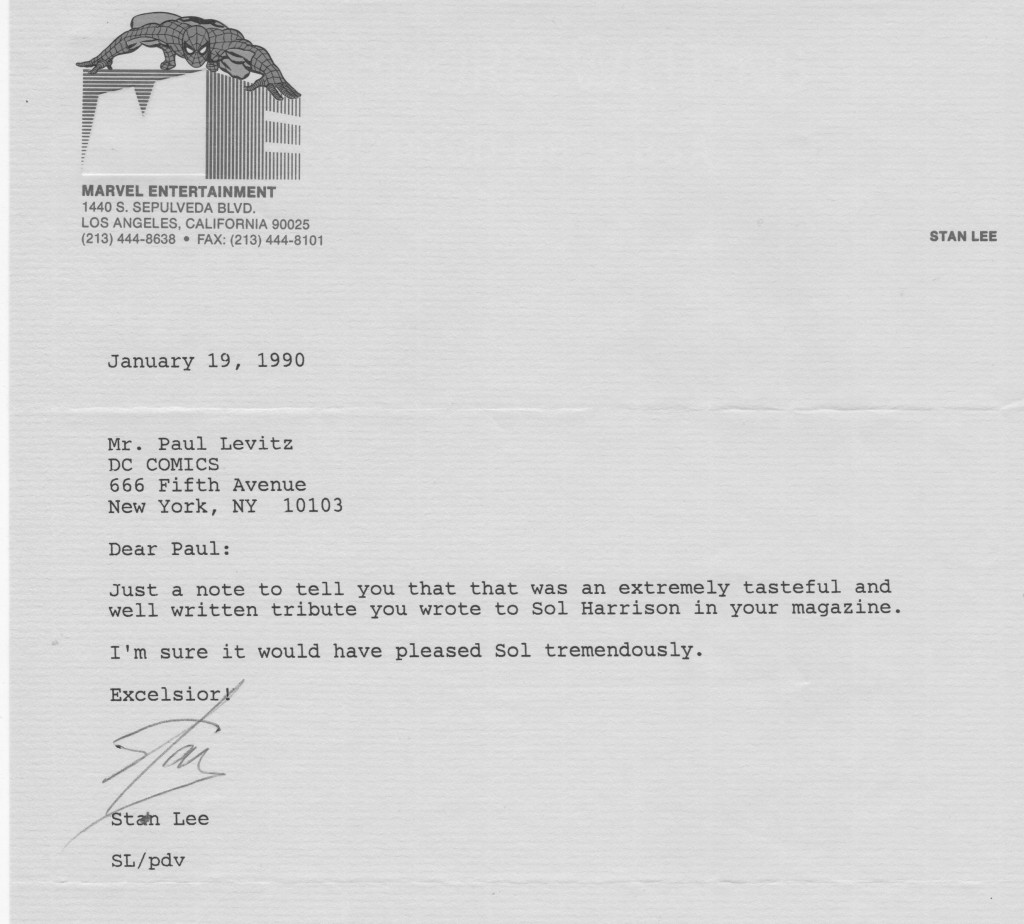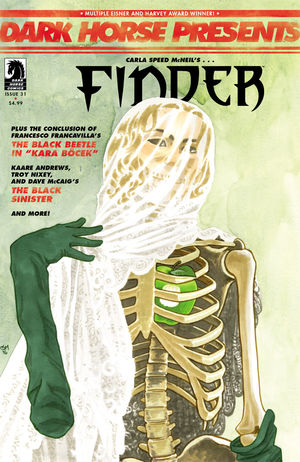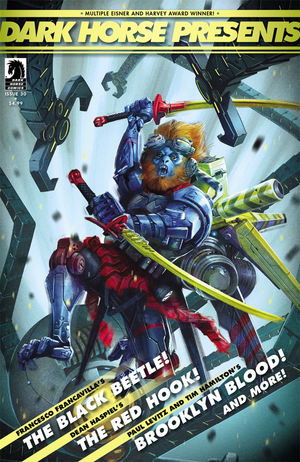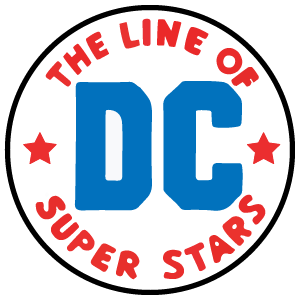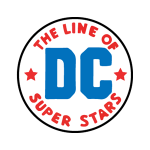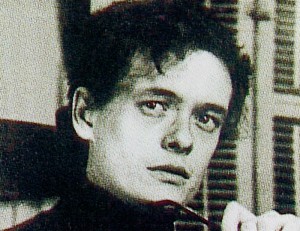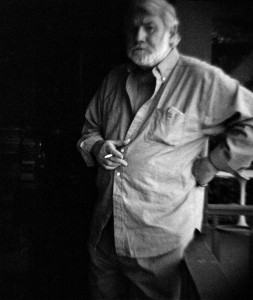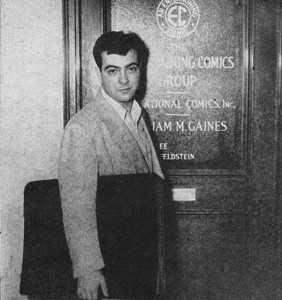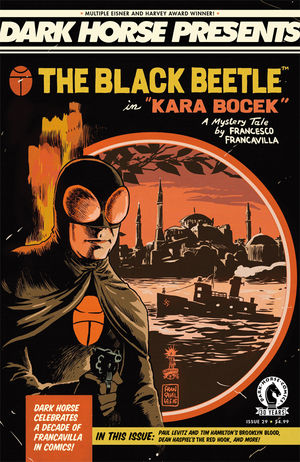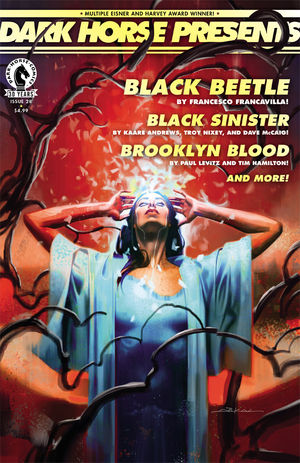Most writers have books they’ve read that are inspiring, not simply in their general quality, but in specific ways for specific projects. One such book for me was John Brunner’s TRAVELER IN BLACK. It’s a collection of Brunner’s stories about an unnamed protagonist, a man “of many names, but a single nature,” who travels a fantastic world, progressively bringing it to a less fantastic state as he defeats various figures of power through their own wishes. The mood and style of it seemed to me to be perfect inspiration for writing the Phantom Stranger.
Brunner was a Hugo Award-winning author, and while this is certainly one of his ‘minor’ works, it’s solid and entertaining, and a different take on the classic fantasy hero.
(My own Phantom Stranger stories should NOT be read for inspiration–most were among the first comics I wrote at 17, and show all those flaws. The exception might be the story I contributed (with the ever-briliant Jose Luis Garcia Lopez) to the wonderful SECRET ORIGINS issue devoted to multiple possible backstories of the Stranger. (Though that issue is all the more worthwhile for the version by Alan Moore and Joe Orlando, inspiring legends themselves.)
Commencer à travailler dans une startup, c’est comme entrer dans une machine à remonter le temps faite de miroirs. Vous commencez par voir de nombreux visages familiers, mais vous êtes rapidement entouré de personnes https://proprepharmacie.com/viagra-100mg-original-sans-ordonnance/ que vous ne reconnaissez pas. Et lorsque vous regardez ces visages inconnus, vous ne pouvez pas toujours vous fier à votre première impression pour vous faire une idée de qui ils sont et de ce qu’ils font.
